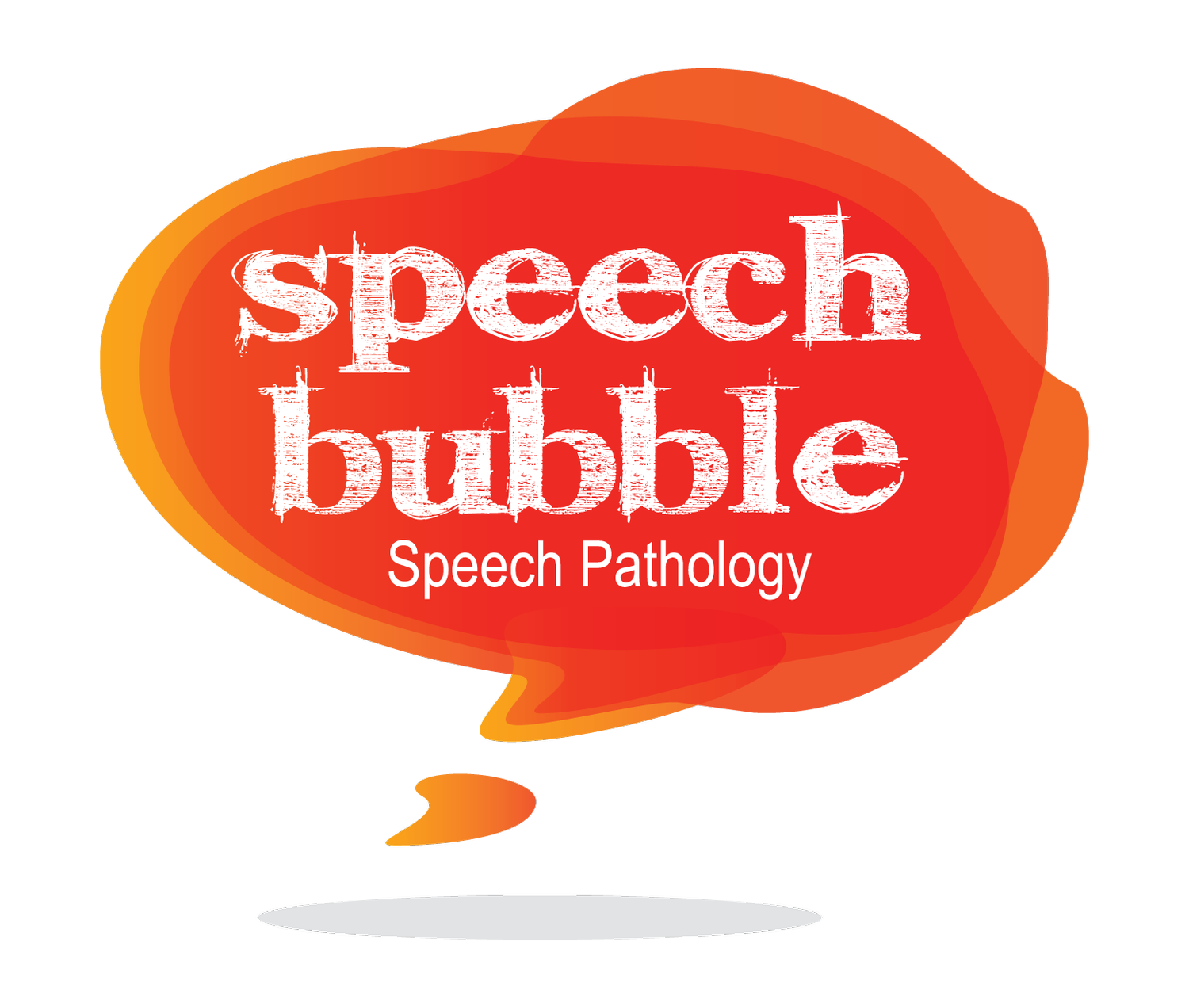Expressive & Receptive Language Disorders
A child with receptive language disorder has difficulties with understanding what is said to them. The symptoms vary between children but, generally, problems with language comprehension begin before the age of three years.
Children need to understand spoken language before they can use language to express themselves. In most cases, children with a receptive language problem also have an expressive language disorder, which means they have trouble using spoken language.
It is estimated that between three and five per cent of children have a receptive or expressive language disorder, or a mixture of both. Another name for receptive language disorder is language comprehension deficit. Speech–language therapy is used to treat receptive language disorder.
Symptoms of expressive language disorder
A child with receptive language disorder may also have expressive language disorder, which means they have difficulties with using spoken language. Symptoms differ from one child to the next, but can include:
Frequently grasping for the right word
Using the wrong words in speech
Making grammatical mistakes
Relying on short, simple sentence construction
Relying on stock standard phrases
Inability to ‘come to the point’ of what they’re trying to say
Problems with retelling a story or relaying information
Inability to start or hold a conversation.
Symptoms of receptive language disorder
There is no standard set of symptoms that indicates receptive language disorder, as it varies from one child to the next. However, symptoms may include:
Not seeming to listen when they are spoken to
Appearing to lack interest when storybooks are read to them
Difficulty understanding the meaning of words and sentences
Difficulty remembering all the words in a sentence in order to make sense of what has been said
Inability to understand complicated sentences
Inability to follow verbal instructions; especially if the instruction is long or complicated
Cause of receptive language disorder
The cause of receptive language disorder is often unknown, but is thought to consist of a number of factors working in combination, such as:
Genetic susceptibility (family history of receptive language disorder)
Limited exposure to hearing language in their day-to-day environment
General developmental and cognitive (thinking) abilities.
Receptive language disorder is often associated with developmental disorders such as autism or Down syndrome. (Although for some children, difficulty with language is the only developmental problem they experience.)
In other cases, receptive language disorder is caused by damage to the brain, for example due to trauma, tumour or disease.
Receptive language disorder may also be related to:
Hearing impairment – due to decreased exposure to language
Vision impairment – due to the absence of cues such as facial expression and gestures
Attention disorders – due to difficulties in attending fully to what is being said.
Diagnosis of receptive language disorder
Assessment needs to pinpoint the child’s particular areas of difficulty, especially when they do not respond to spoken language. Diagnosis may include:
Hearing tests (by an audiologist) to check whether the language problems are caused by hearing impairment and to establish whether or not the child is able to pay attention to sound and language (auditory processing assessment)
Testing the child’s language comprehension (by a speech pathologist) and comparing the results to the expected skill level for the child’s age. If the child is from a non-English speaking home, assessment of comprehension should be performed in their first language, as well as in English, using culturally-appropriate materials
Close observation of the child in a variety of different settings while they interact with a range of people
Assessment by a psychologist to help identify any associated cognitive problems
Vision tests to check for vision impairment.
Treatment for receptive language disorder
Treatment options for receptive language disorder may include:
Speech-language therapy (one-on-one or as part of a group, or both, depending on the needs of the child)
Providing information to families so that they can facilitate language growth at home
Special education classes at school
Integration support at preschool or school in cases of severe difficulty
Referral to a psychologist for treatment (only if there are also significant behavioural problems).
A child’s progress will depend on a range of individual factors, such as whether or not brain injury is present.
These facts are for educational purposes only. Please consult with your GP or other health professionals to make sure any information you read is right for your child.

